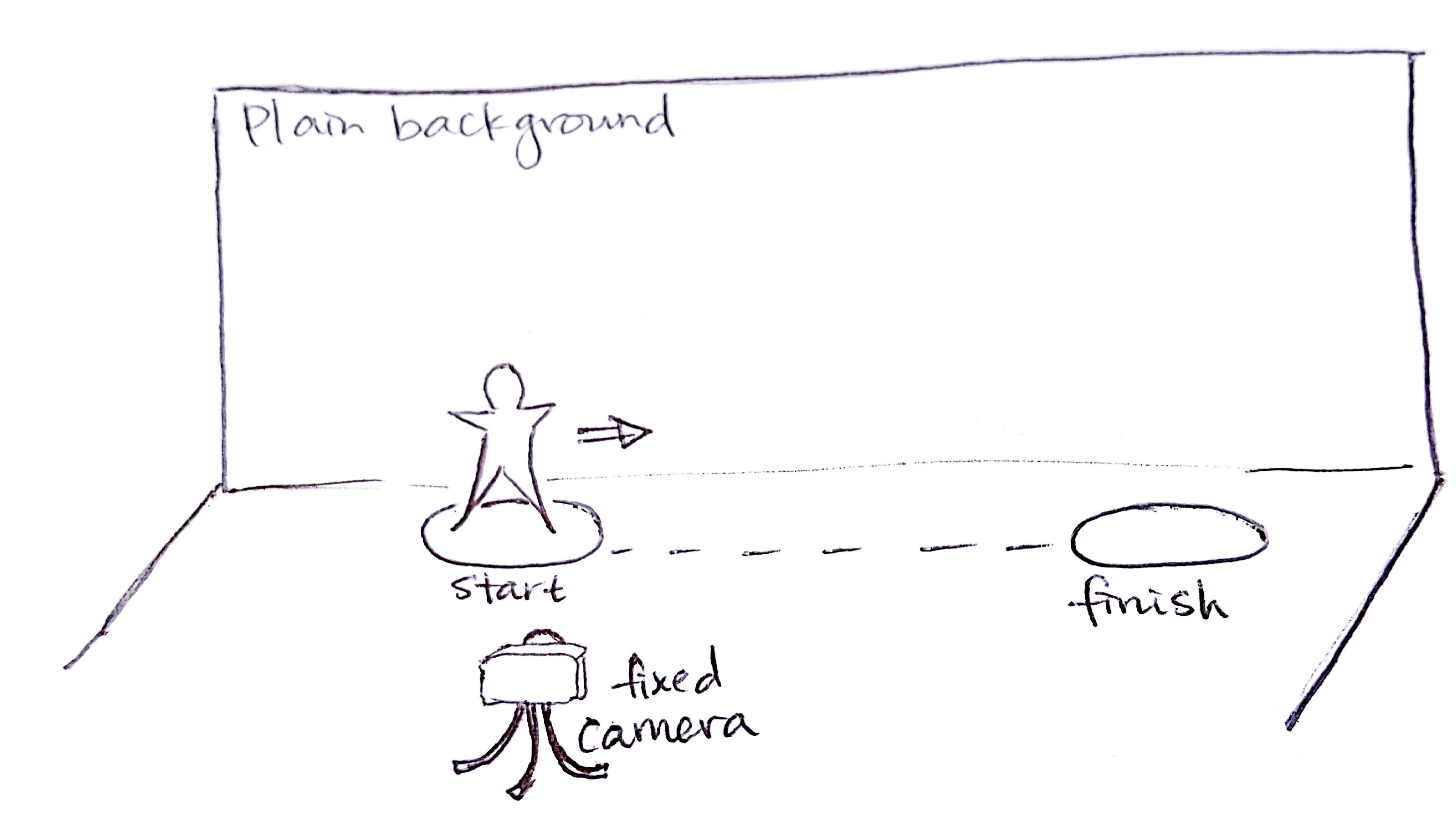Movement Control Across Timescales
Moving at different timescales
In this project, we want to probe the ability to adjust movements to fit into the different timescales. It’s a familiar aspect of hip hop dance; skilled movement artists in many disciplines can rescale their movements with eery accuracy:
Re-scaling movements are also a fundamental skill in predator-prey interactions:
So what are non-invasive ways to probe this ability?
To find out, we ran a short little study asking humans to adjust their movements to fit into different timescales. Participants were asked to move from point A to point B, using a movement of their choice, within 3 timescales: “normal”, “slow”, and “fast”. The “normal” timescale was defined as 8 seconds, indicated by 5 beats of a metronome at 30bpm (beats per minute). The “slow” timescale was defined as 16 seconds, indicated by 5 beats of a metronome at 60bpm. The “fast” timescale was defined as 4 seconds, indicated by 5 beats of a metronome at 15bpm. Participants were told that their goal is to make their movements as identical as possible across all three timescales.

The experiment setup.
Dataset
Using the software Bonsai, the image of the moving participant was extracted from the videos of all three timescales and color-coded. The playback speeds were then adjusted such that all three images moved for the same length of time. The three images were then super-imposed upon each other into one video.
Leave a Comment